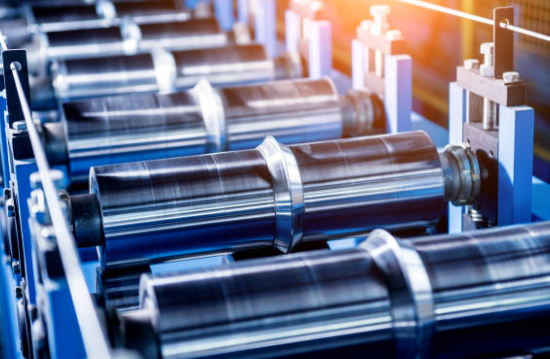
Posted on Sunday, October 13, 2024
Introduction Onsite rollforming is a transformative approach in the construction and manufacturing sectors, enabling the production of metal components directly at the job site. This technique not only enhances efficiency but also reduces costs and waste, making it an attractive option for various applications.
What is Onsite Rollforming? Onsite rollforming involves using portable rollforming machines to create metal profiles, such as roofing panels, structural components, and other custom shapes, at the location where they will be installed. This process allows for immediate fabrication without the need for extensive shipping or delays associated with offsite production.
Benefits of Onsite Rollforming
Applications of Onsite Rollforming
Conclusion Onsite rollforming represents a significant advancement in metal fabrication, offering numerous advantages in terms of efficiency, cost savings, and customization. As construction projects become increasingly complex and time-sensitive, the ability to produce high-quality metal components directly at the job site is likely to become a standard practice in the industry.

Most Popular Roll Forming Machines in the United Kingdom
Posted on Thursday, December 11, 2025
This blog breaks down the five most in-demand roll forming machines in the UK

Can I Finance a Roll Forming Machine?
Posted on Thursday, December 11, 2025
Financing a roll forming machine is easier than most buyers think. Here’s how leases, loans, and payment plans make production affordable.

Roll Forming Machines for Sale in the UK: What Buyers Need to Know Before Purchasing
Posted on Thursday, December 11, 2025
This complete guide explains everything UK buyers must know before purchasing, including machine types, voltage requirements, CE/UKCA compliance

Roll Forming Machines for Sale in the USA: What Buyers Need to Know Before Purchasing
Posted on Wednesday, December 10, 2025
This guide explains everything U.S. buyers need to know before purchasing a roll forming machine, including machine types, pricing, voltage
Copyright 2026 © Machine Matcher.